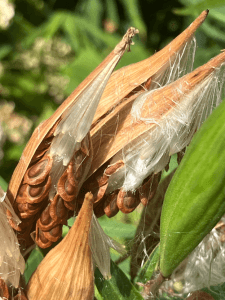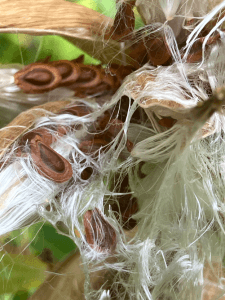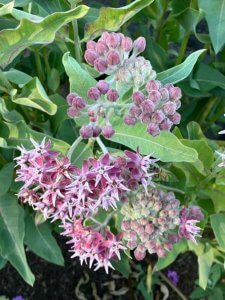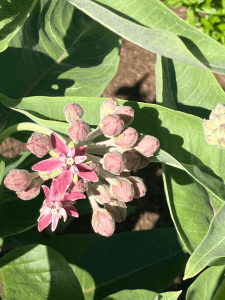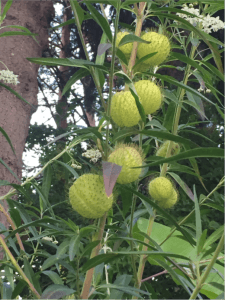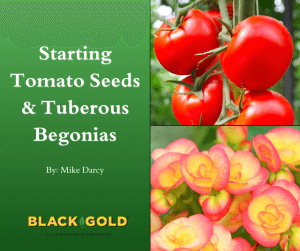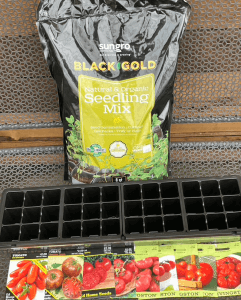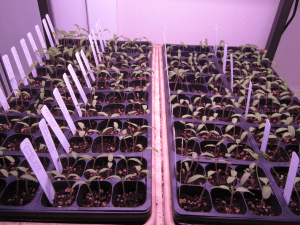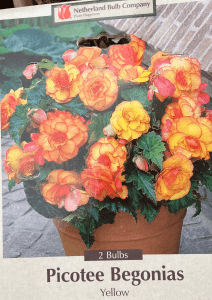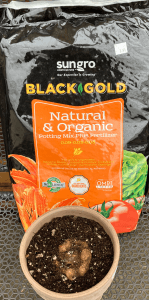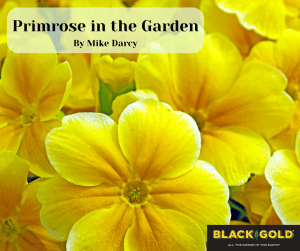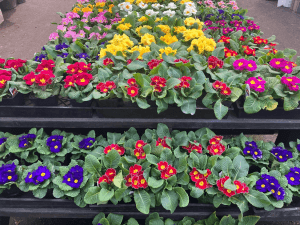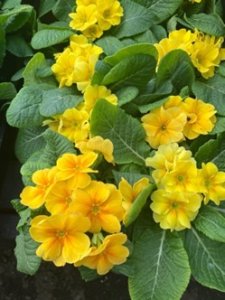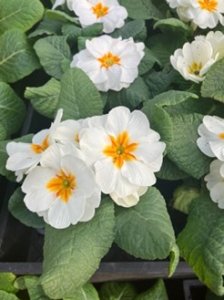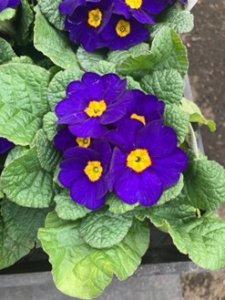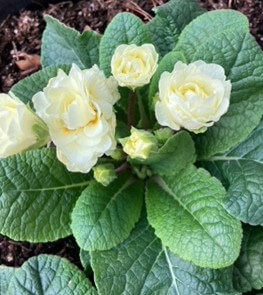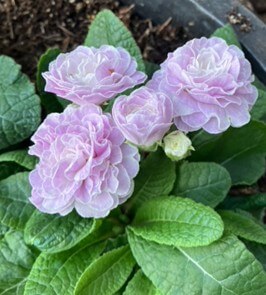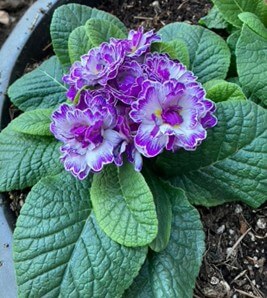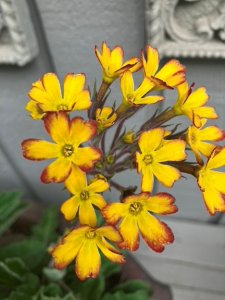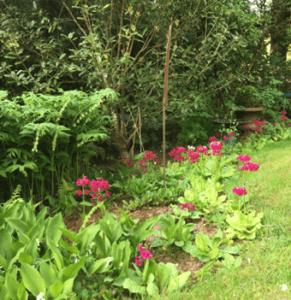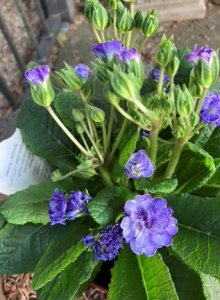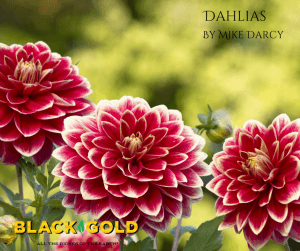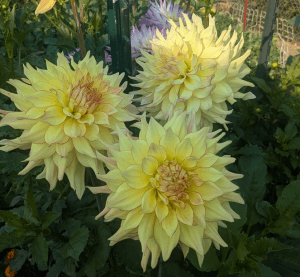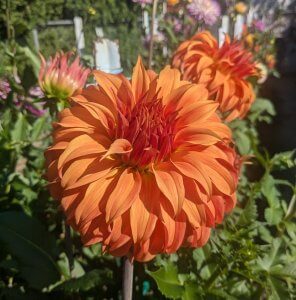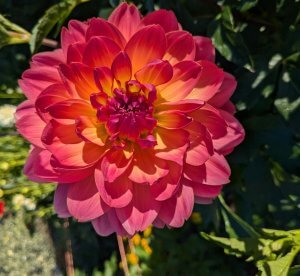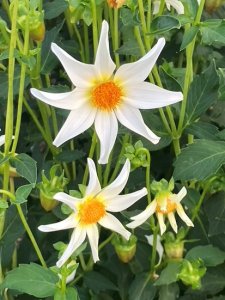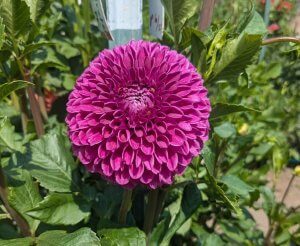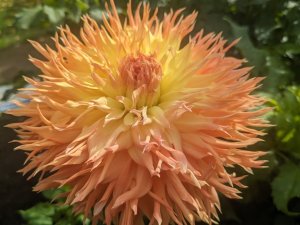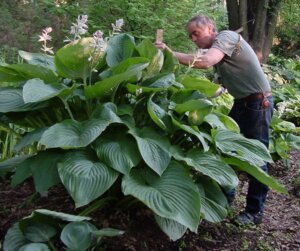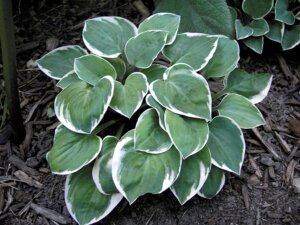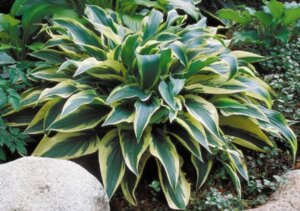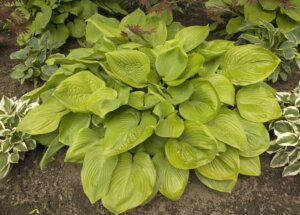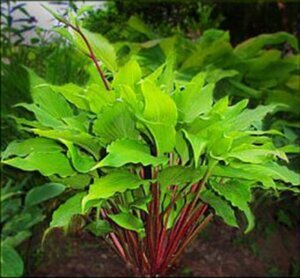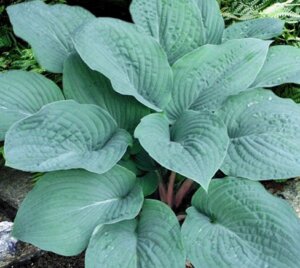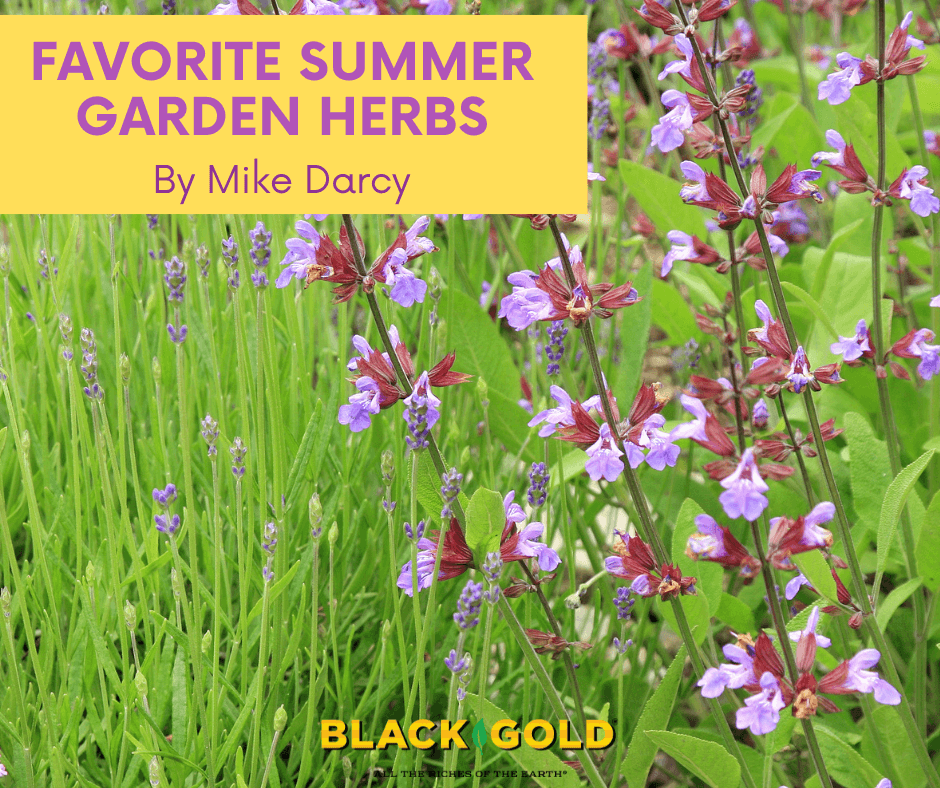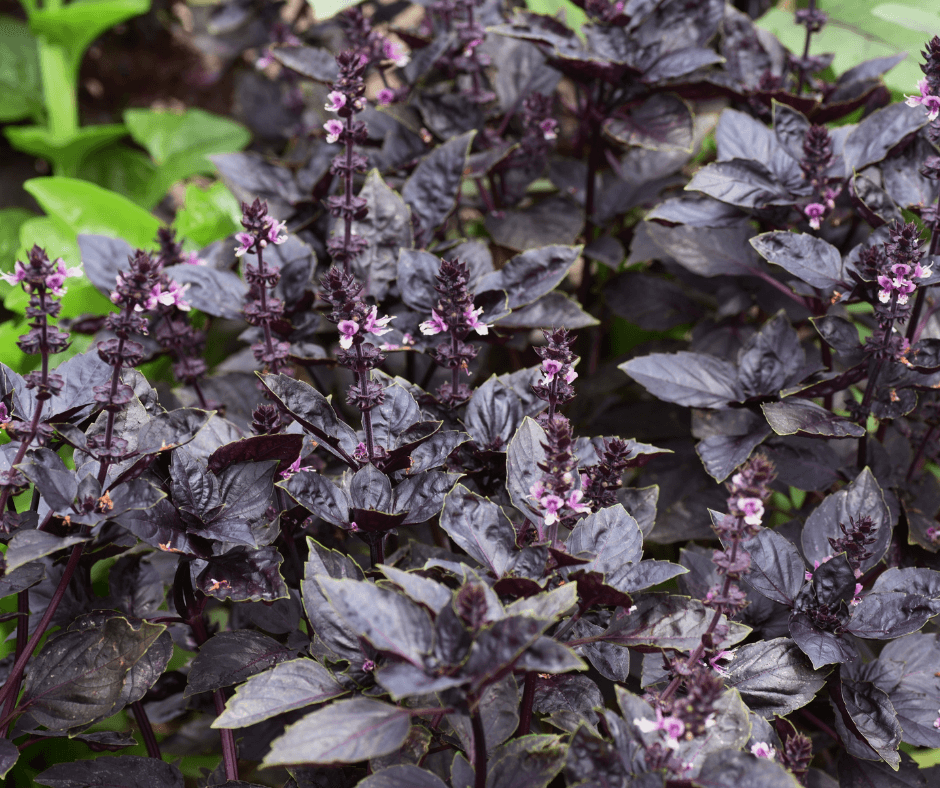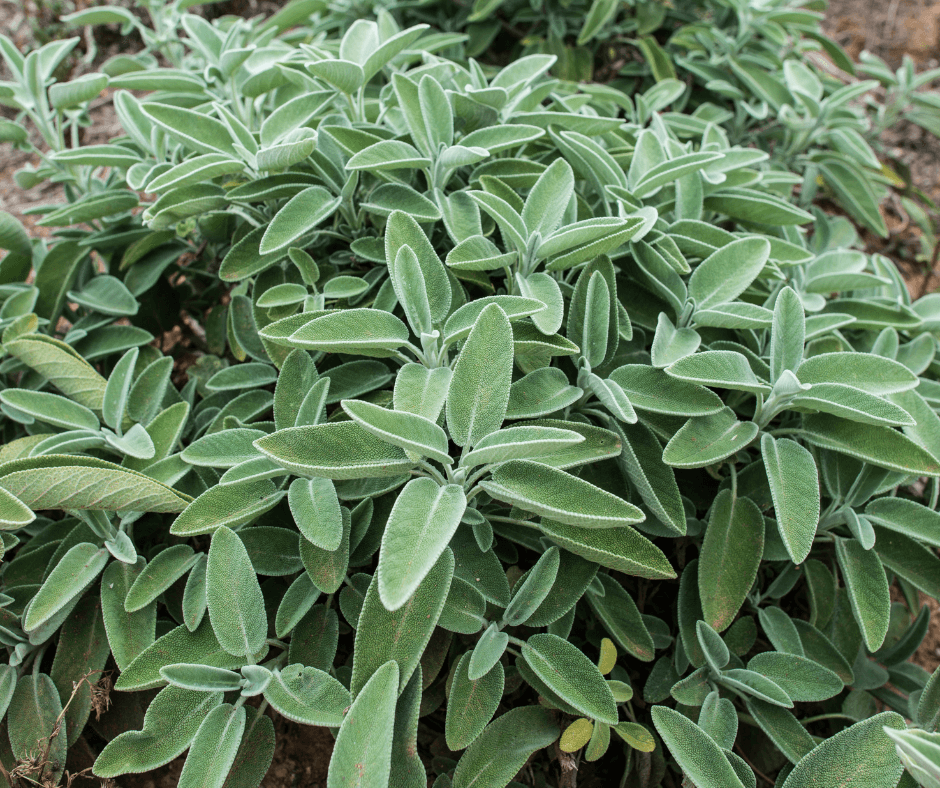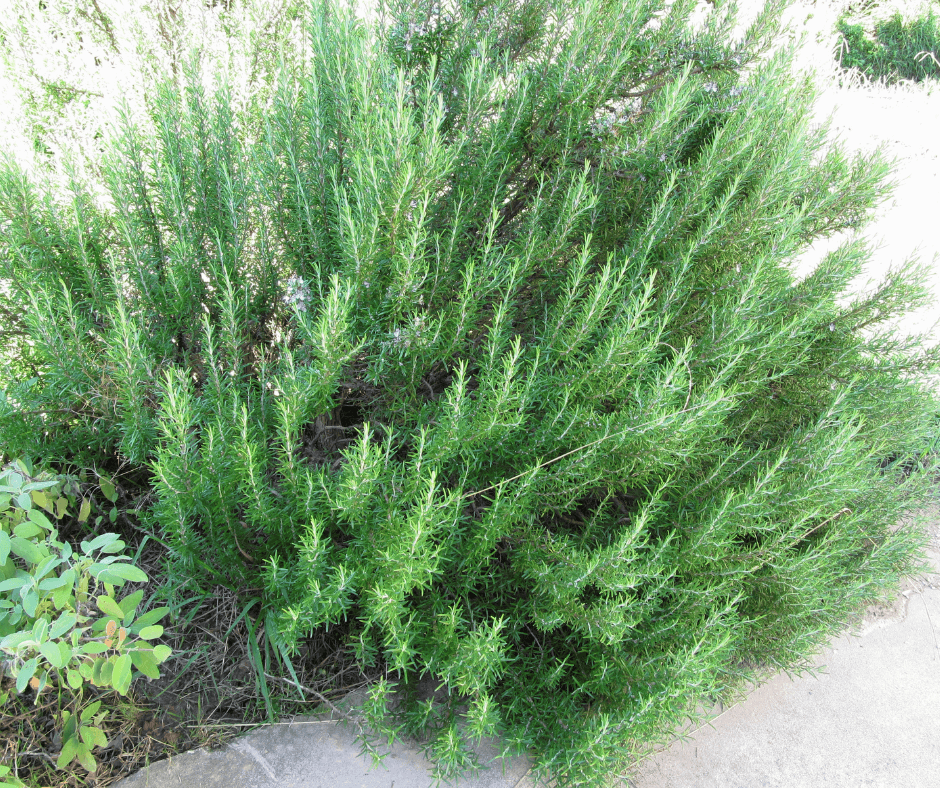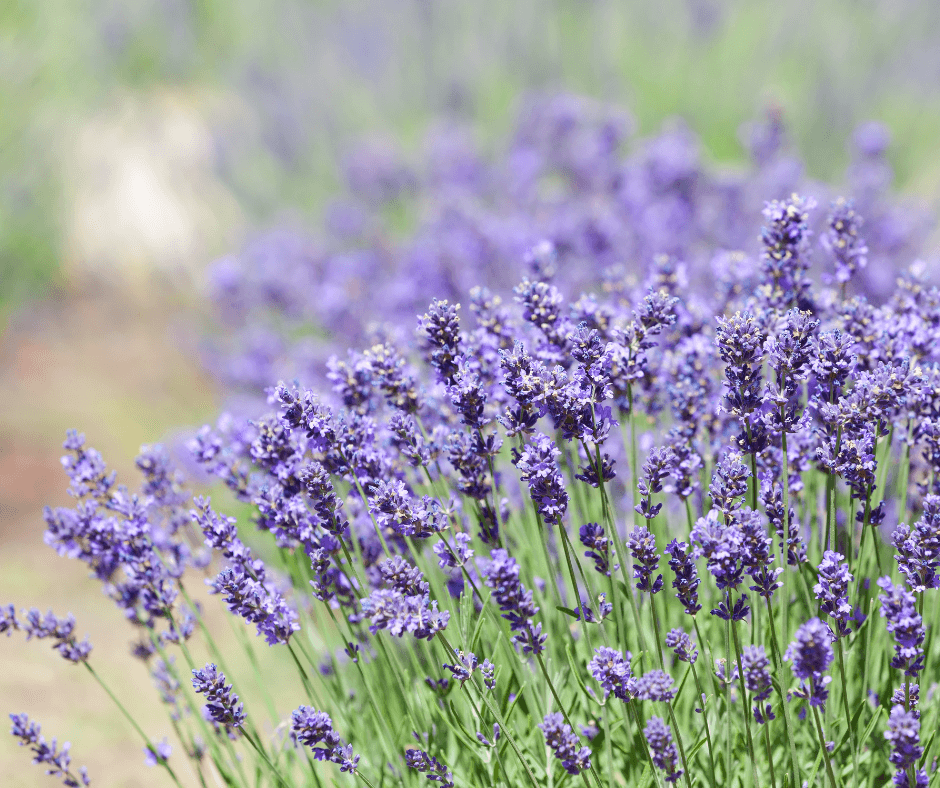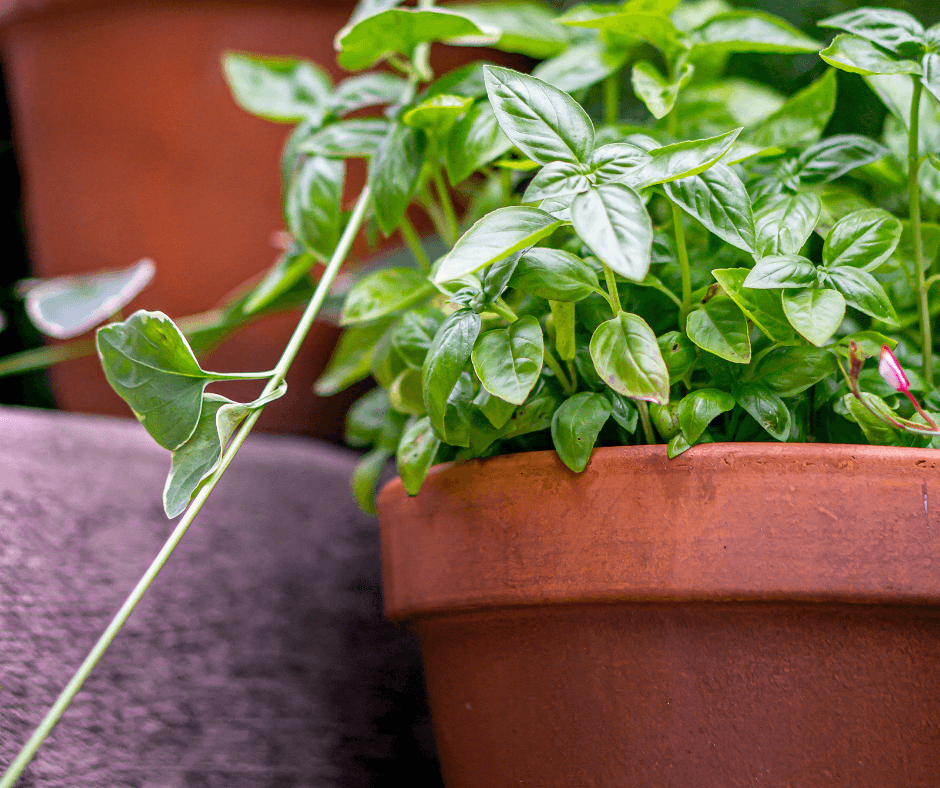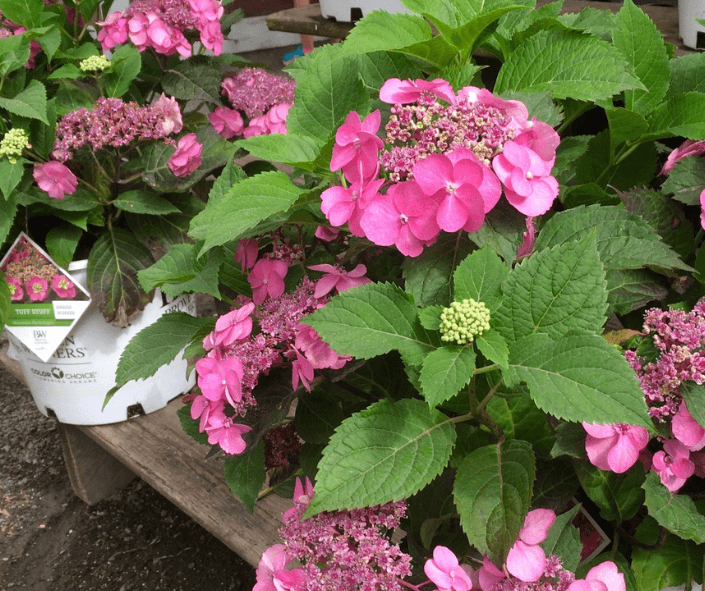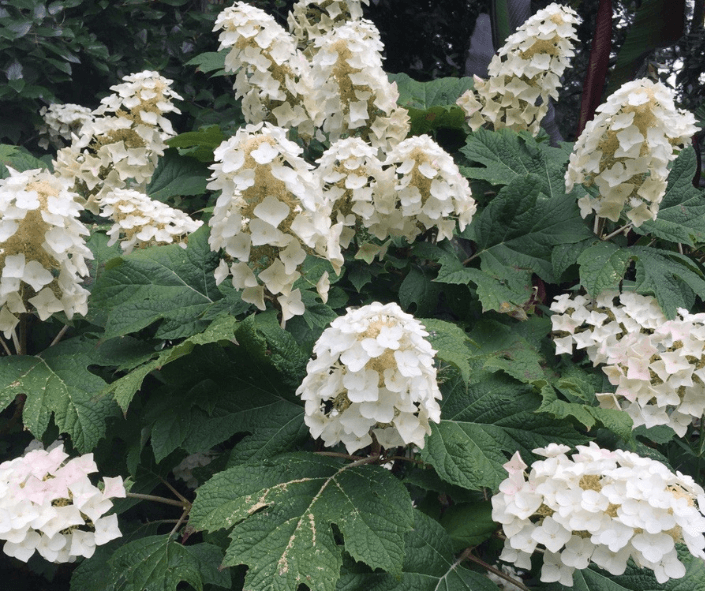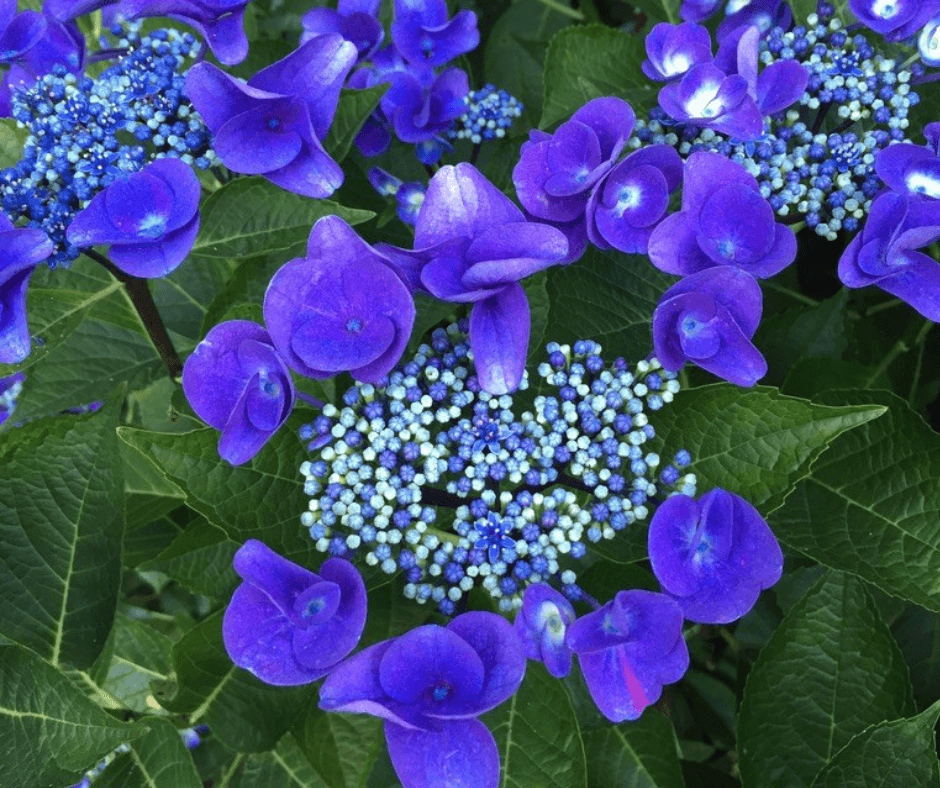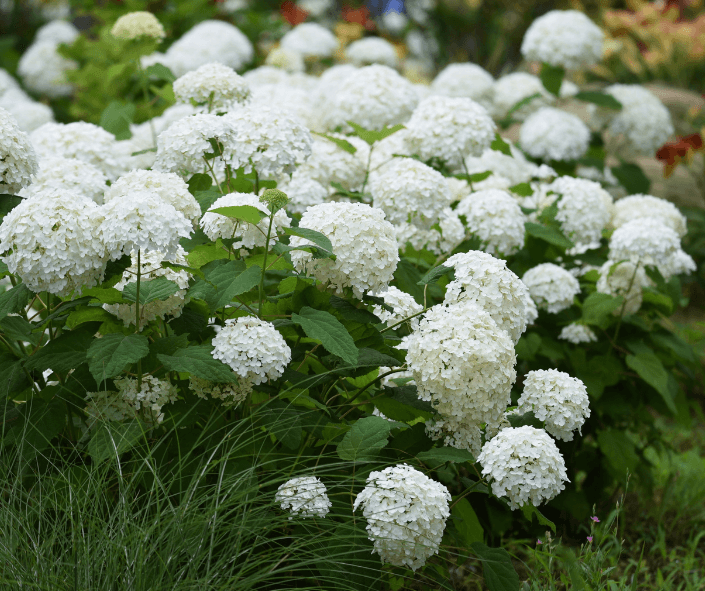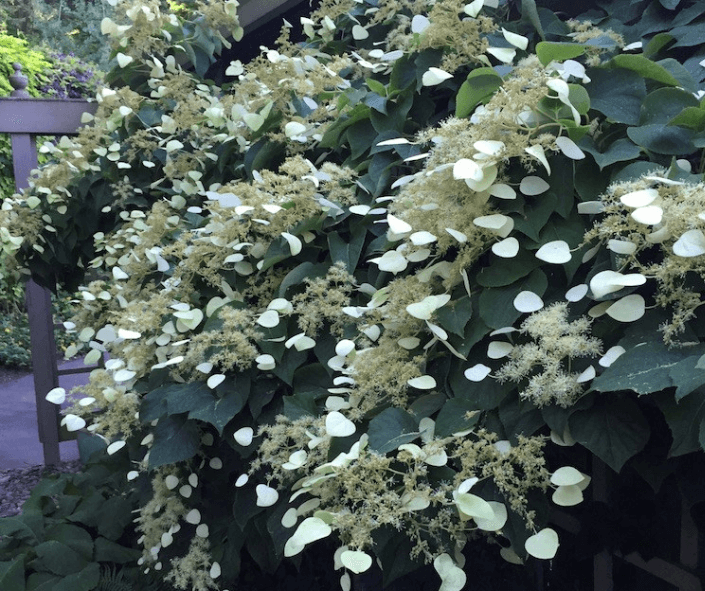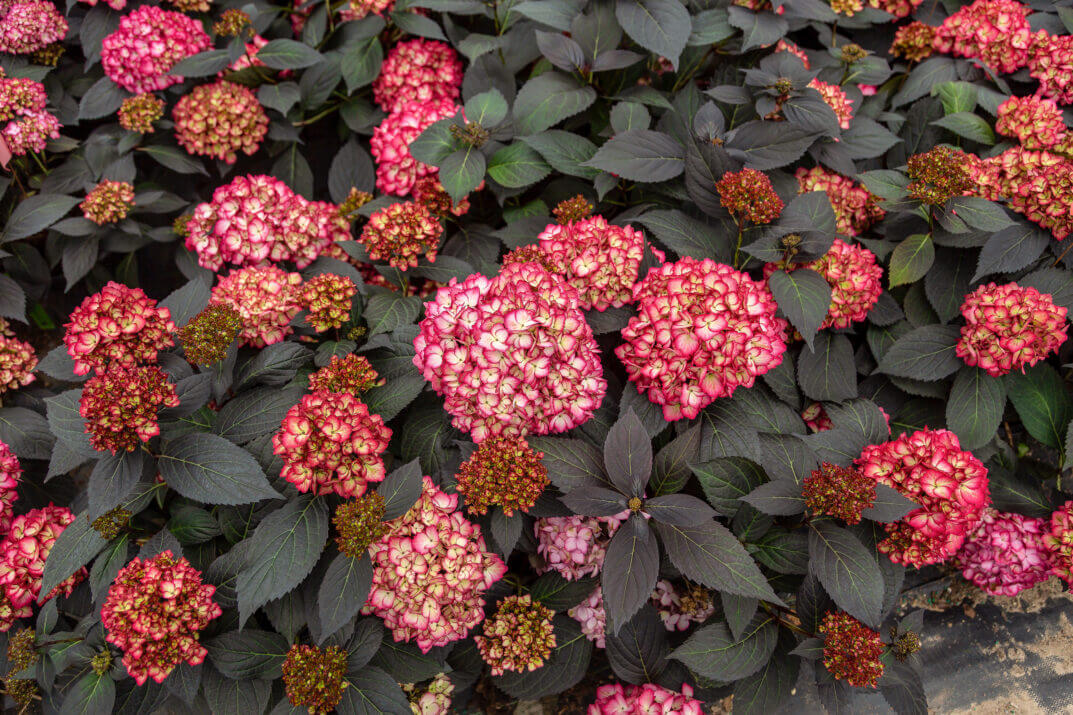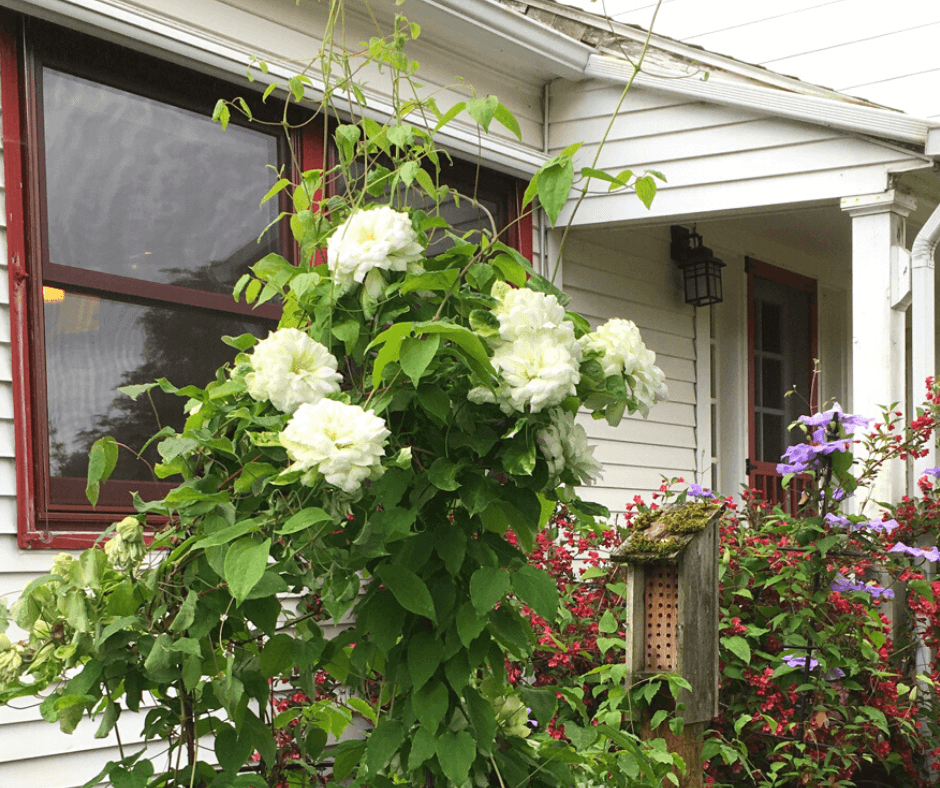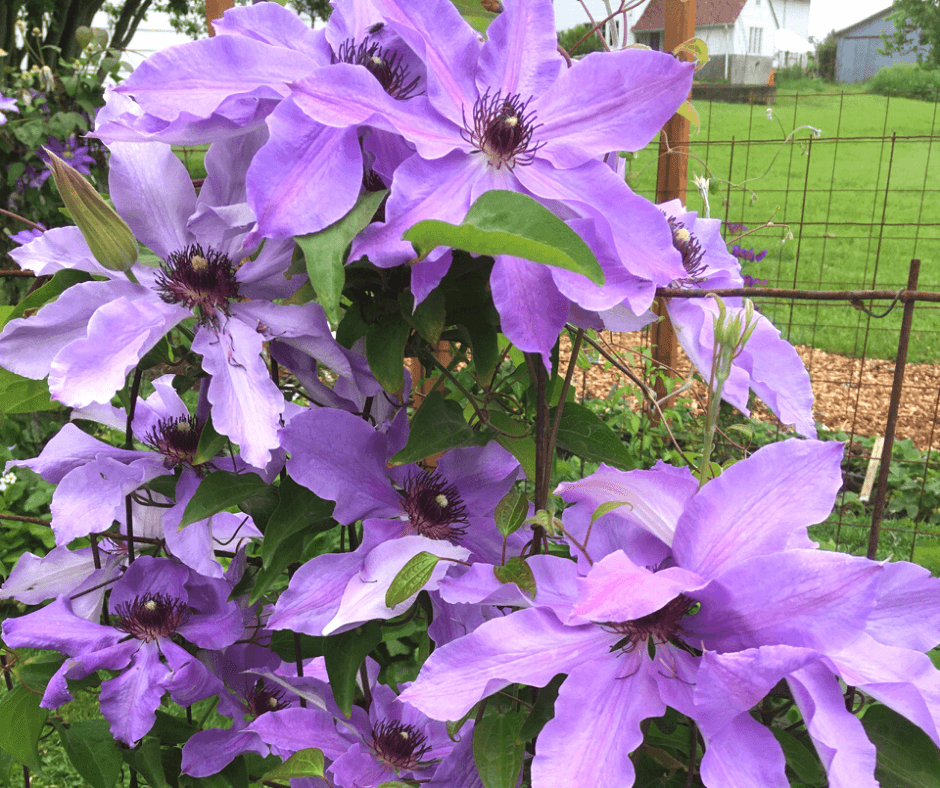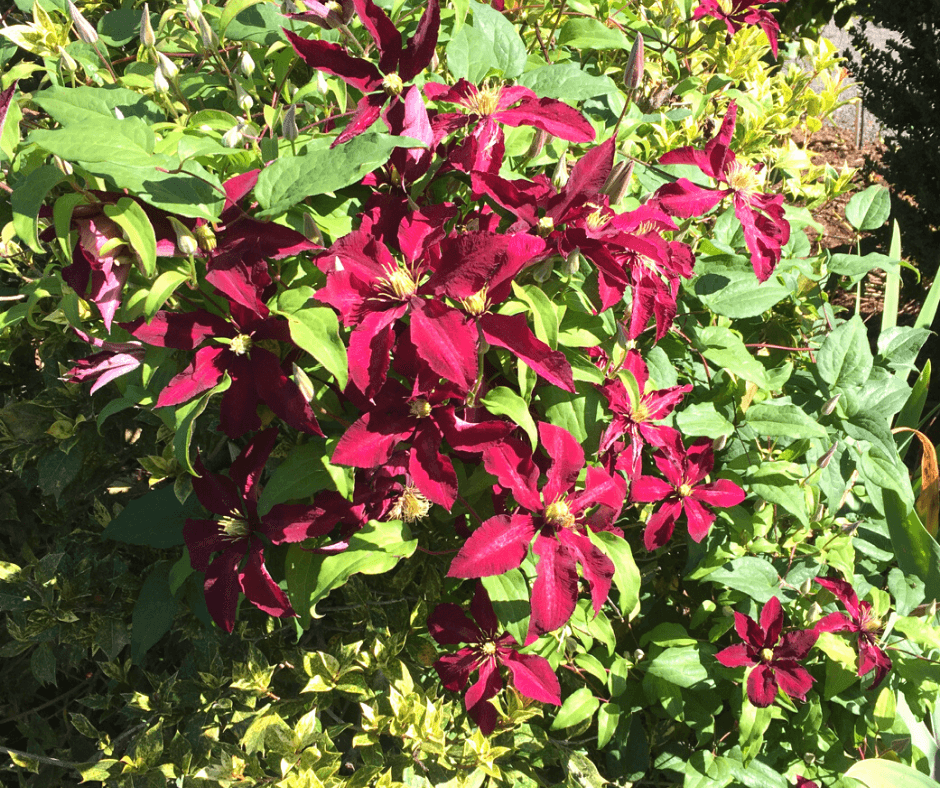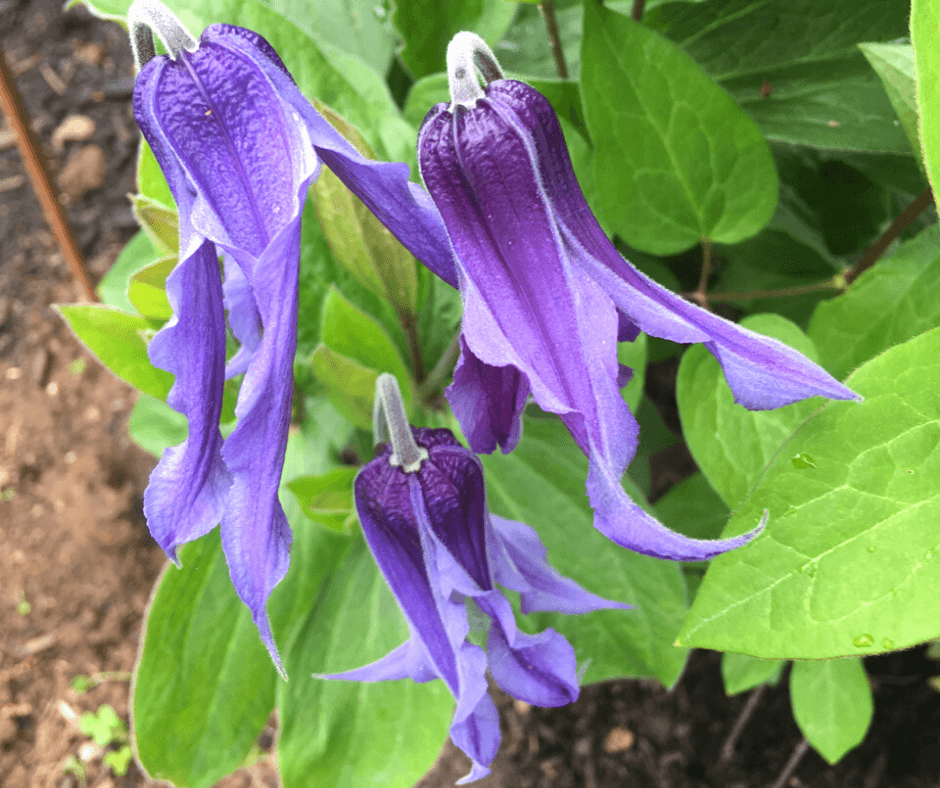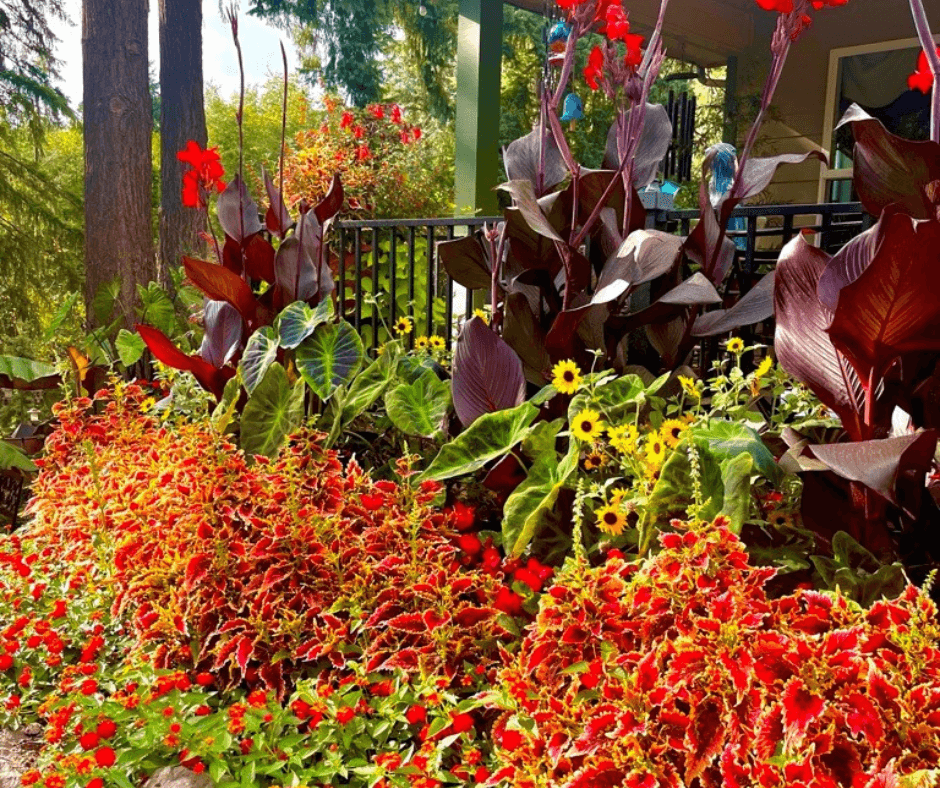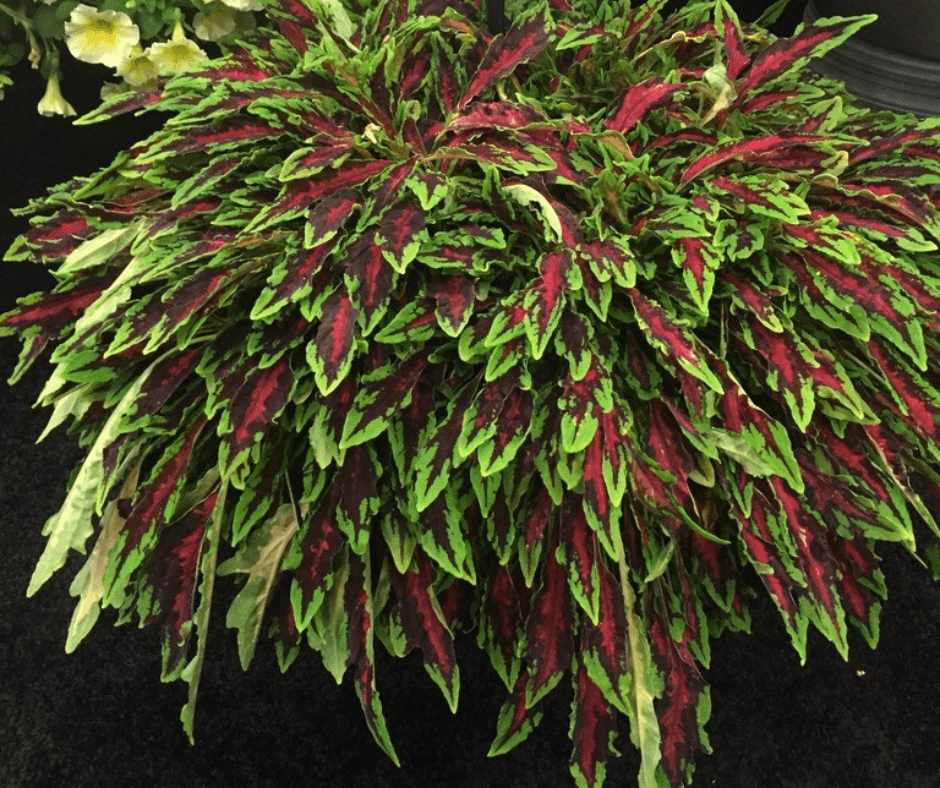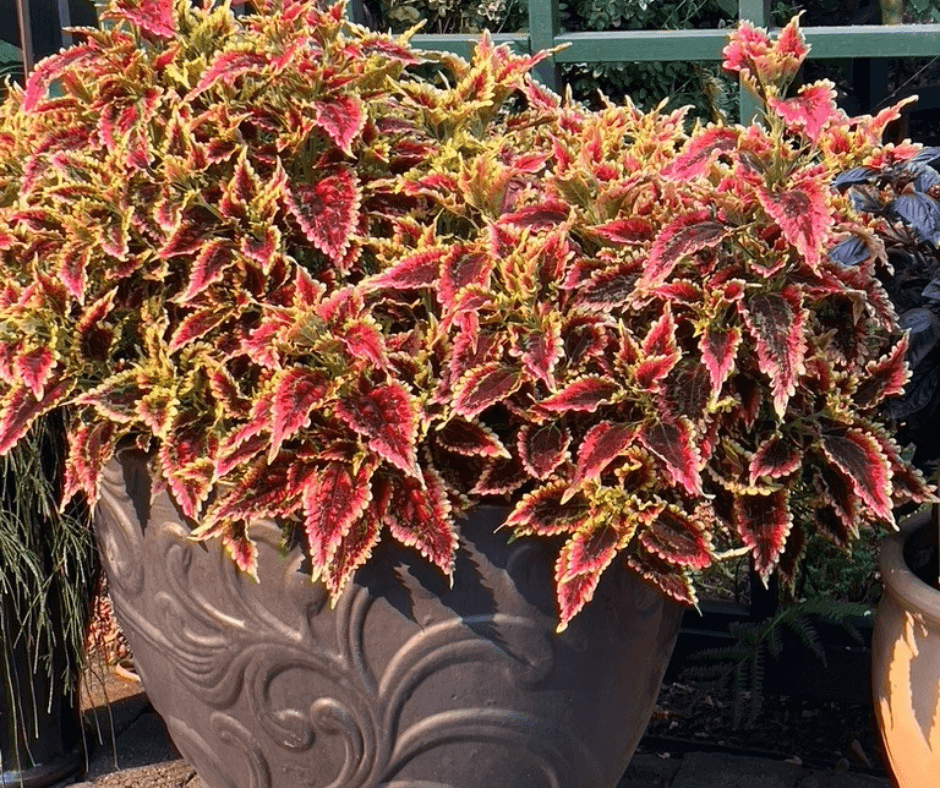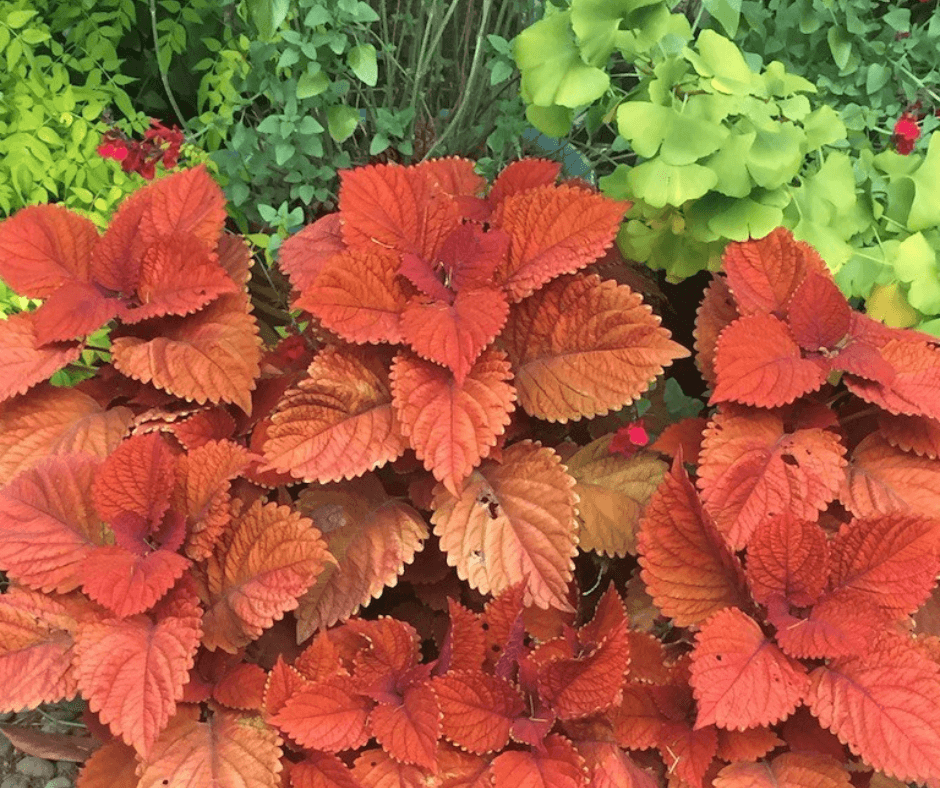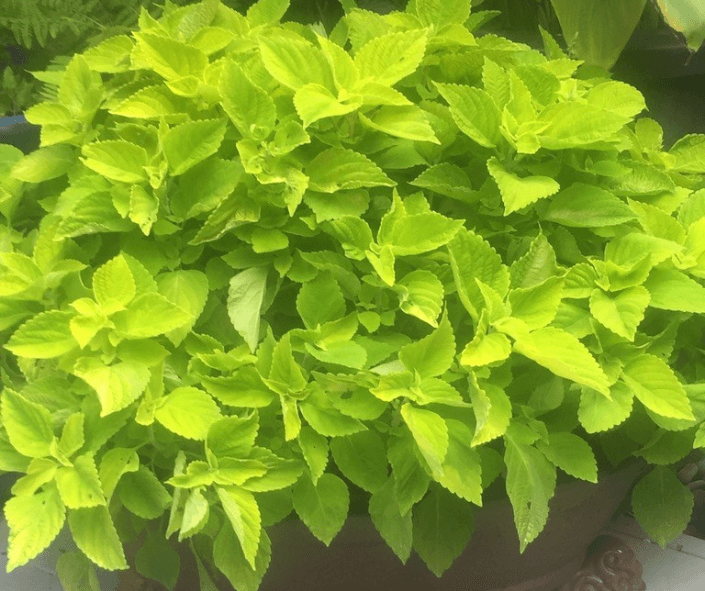
Selecting a gift for a gardener is not as easy as it sounds. Depending on how well you know the gardener and the garden, it can be challenging to select a gift that would be both useful and desirable.
Gifting a plant would seem logical but it is not as logical as it may sound. Most gardeners have ideas on the plants they want and by gifting one that is not particularly wanted, can create stress to the receiver. What to do with an unwanted plant!? Unless it is a holiday plant that is disposable, like a poinsettia, amaryllis, cyclamen, or something similar, I would shy away from gifting a plant unless I knew the gardener well.
Thinking about my own garden and what I might want and talking with other gardeners, the following suggestions are items that would be useful to most gardeners.
Selecting a gift for a gardener is not as easy as it sounds. Depending on how well you know the gardener and the garden, it can be challenging to select a gift that would be both useful and desirable.
Gifting a plant would seem logical but it is not as logical as it may sound. Most gardeners have ideas on the plants they want and by gifting one that is not particularly wanted, can create stress to the receiver. What to do with an unwanted plant!? Unless it is a holiday plant that is disposable, like a poinsettia, amaryllis, cyclamen, or something similar, I would shy away from gifting a plant unless I knew the gardener well.
Thinking about my own garden and what I might want and talking with other gardeners, the following suggestions are items that would be useful to most gardeners.
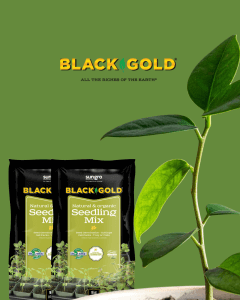
A fun, practical and useful host/hostess gift would be a small bag of Black Gold®Natural & Organic Seedling Mix. This would be a unique gift! A fun supplemental gift to go along with the seedling mix would be a package of Cow Pots. These are made from composted cow manure and can be planted in the soil along with the seedling. They are odorless and non-toxic and come from cows that are fed healthy diets that receive no growth hormones. I think that a combination of these two items would be the most talked about gift at a party!!
Nearly every gardener can use a new pair of gloves and instead of a regular pair of garden gloves, why not go above and beyond and get a pair of goatskin gauntlet garden gloves. Roses have thorns, as well as many other plants, and goatskin gloves are soft to the touch, and the gauntlet offers protection to hands and wrists.
If the gardener likes to write, a garden journal might be an appropriate gift. It can provide a record of planting dates and harvests, temperatures, pests, flowering times, and reminders of things to do, However, a journal can be so much more than just a listing of the chores of gardening. It can describe how the garden makes you feel, is it peaceful, a place of solitude, does it give you a feeling of contentment, these are just a few of the feelings a garden can emit.
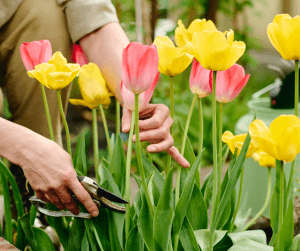
A pair of high-quality hand pruners can be a superb gift. Many gardeners, myself included, are quite often mis-placing a pair of hand pruners. They are not actually ‘lost’ but have disappeared someplace in the garden and are most likely to reappear at a later date. In the meantime, a backup pair is a necessity. To go along with a hand pruner gift, or as a stand-alone gift, consider a garden shear sharpener. Gardeners like to have sharp shears and to have their own shear sharpener could make a much-appreciated gift.
There is a strong movement to help native insects and especially pollinators. Mason bees can easily be attracted to most gardens and are a welcome insect for early season pollination. They are non-aggressive, solitary bees that build nests in tunnels. Special Mason bee nesting tubes are available and would be an innovative gift.
Many gardeners feed birds at some time during the season and several suet cakes or bags of bird seed can be a gift any gardener could use. Suet cakes can have a variety of things mixed into it including dried fruit, corn, sunflower seeds, and even dried insects. Different mixes will attract different kinds of birds.
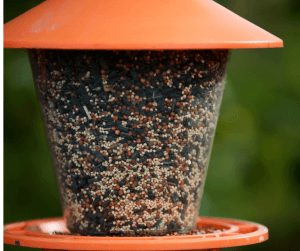
These are just some ideas for gift giving this holiday season. Hopefully this collection will be of help in selecting a gift to a gardener and perhaps you’ll find something that would be a new and needed addition to your own garden.
HAPPY NEW YEAR!
About Mike Darcy



